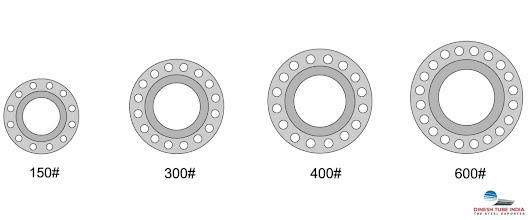Corrosion Detection Methods for Stainless Steel Pipes and Tubes
1. Stainless Steel Magnetic Properties
Most stainless steels (but not all) do not possess the magnetic properties of ferromagnetic materials, such as carbon steel and many other iron alloys. The majority of stainless steel produced is austenitic (or 300 series) and not ferromagnetic. In the case of non-ferromagnetic materials, corrosion detection methods relying on magnetic interaction with the piping are inapplicable. Material that is non-ferromagnetic, such as austenitic stainless steel, cannot be tested with magnetic particle testing, such as Magnetic Flux Leakage Technique (MFL).
According to experts 1, stainless steel can be detected using the following methods: Acoustic Emission, conventional Eddy Current Testing, and Infrared Thermography. Optical testing, penetrant dye testing, radiographic testing (X-ray), visual inspection, and ultrasonic testing.
2. Detecting Pitting and Cracking
Furthermore, many corrosion detection methods fail to detect pitting and stress corrosion cracking. These are both difficult problems to detect and could lead to catastrophic failures. The collapse of the Silver Bridge was caused by stress corrosion cracking, for example. It is important to use appropriate detection methods when there is a high likelihood of failure or pitting or cracking. According to experts 1, stainless steel cracking and pitting can be detected using penetrant dye testing, acoustic emission testing, ultrasonic testing, and eddy current testing.
3. Insulation Removal
In addition, many corrosion detection methods require direct contact with the metal. It is therefore necessary to remove some insulation if there is any. When insulation pieces are removed, moisture can get underneath, increasing corrosion risk. Insulation plugs that are not properly replaced are a major contributor to energy inefficiency in piping systems.
Therefore, there are few situations in which corrosion under insulation (CUI) can be accurately and thoroughly checked without cutting into the insulation.
Popular Detection Methods
We will briefly review some of the most popular methods for detecting corrosion in stainless steel after identifying unique aspects.
Visual Inspection
Corrosion can be detected by looking at it with your own eyes. Additionally, it may be the most cost-effective approach if you only have a few tubes or pipes. In large systems housing stainless steel tubes and pipes, visual inspection becomes less cost-effective due to the enormous amount of labour required. Additionally, if there is insulation, you cannot visually inspect anything you don’t cut off, making it extremely difficult to detect non-uniform corrosion. In addition, the human eye is notoriously inefficient at detecting stress corrosion cracks, which can appear incredibly small at first. It is almost never recommended to rely solely on visual inspection.
X-Ray
Corrosion can be detected with X-rays (radiography) without removing insulation. X-ray tests are impractical in many environments due to radiation from X-rays. In addition, X-rays cannot detect cracks and pits, but they can detect other kinds of defects very well.
For more information visit
https://thesteelexporter.com/corrosion-detection-methods-for-stainless-steel-pipes-and-tubes/
#steel #metal #thesteelexporter #pipe #tubes #fittings #stainlesssteel #flanges #corrosion




Comments
Post a Comment